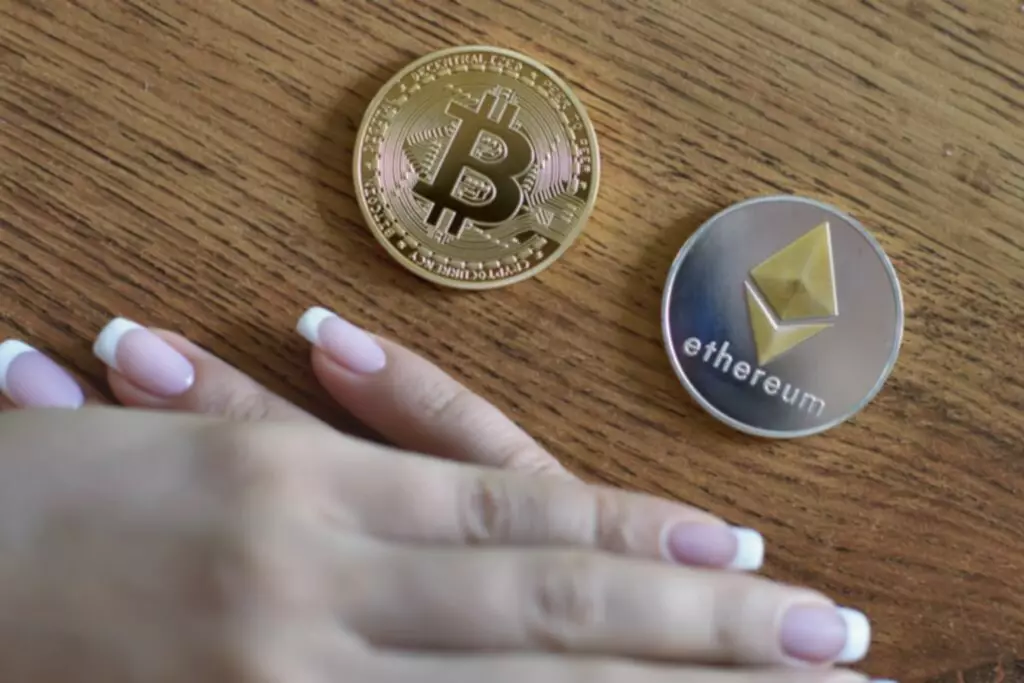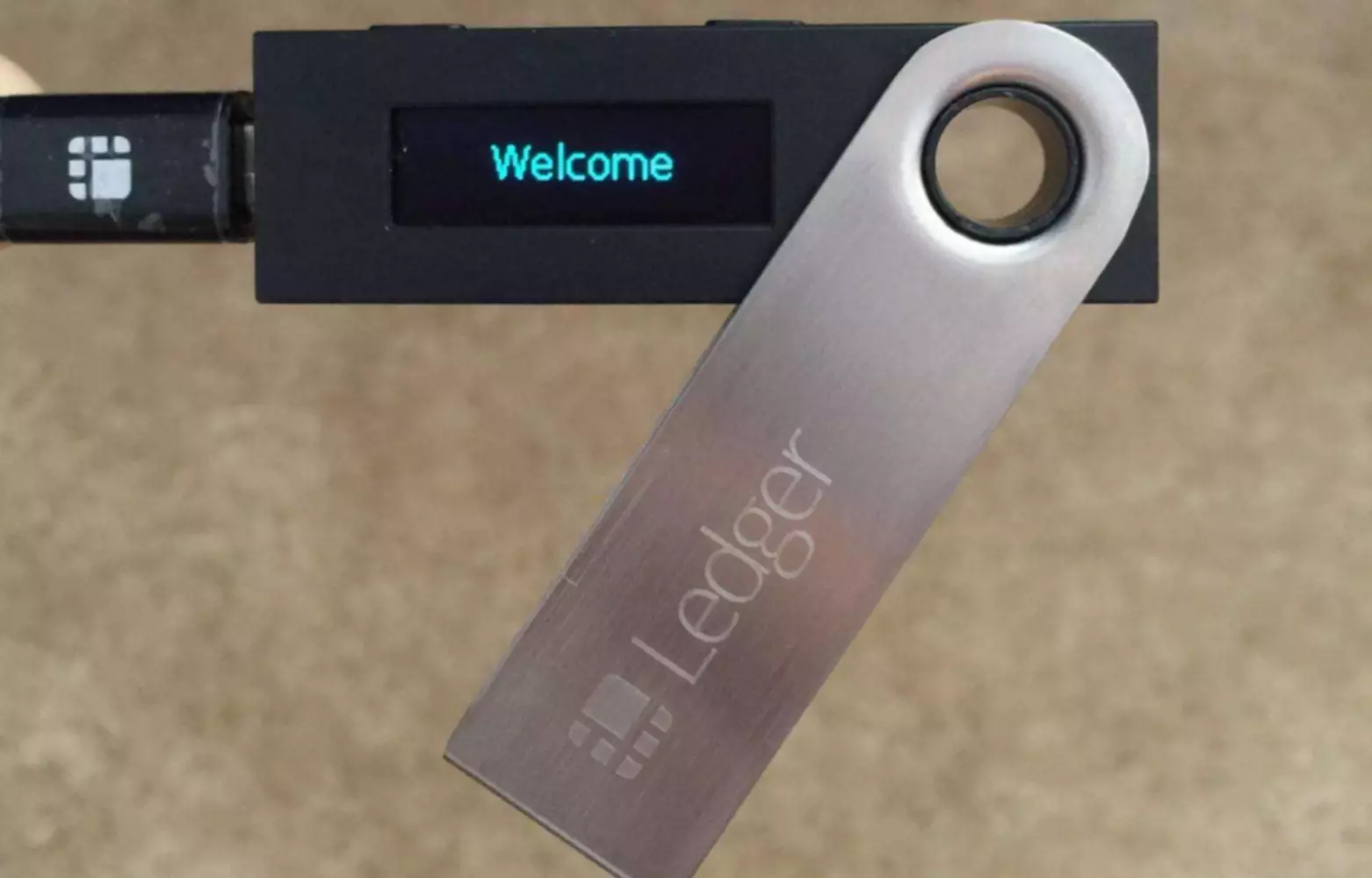Content
DeFi Llama pegs Multichain as the largest cross-chain bridge, with about $7 billion in TVL. If you use a bridge to send one Solana coin to an Ethereum wallet, that wallet will receive a token that has been “wrapped” by the bridge – converted to a token based on the target blockchain. In this case, the Ethereum wallet would receive a “bridge” version of Solana that has been converted to an ERC-20 token – the generic token standard for fungible tokens on the Ethereum blockchain.
The distinct traits of the blockchain networks separate them from one another and create distinct communities. For example, each blockchain network features a consensus model, which is an integral component for ensuring that all nodes can agree on specific transactions. With a trusted blockchain bridge, the risk is primarily censorship that could prevent users from interacting with the protocol. Plus, there is a custodial risk of giving access to potentially malicious bridge operators desiring to steal funds. On the other hand, a trustless blockchain bridge also comes with risks.
This problem exists because blockchain networks work as closed networks. Digital Assets and blockchain technology have come a long way since the birth of Bitcoin and its whitepaper publication in 2008. Since then, we’ve experienced an explosion in blockchain networks, with blockchains coming up, serving a plethora of purposes. From general-purpose blockchain networks, all the way to special-purpose blockchains – built to address a specific need. Also, using a bridge makes it easy to use assets from the main chain on a layer-2 network.

RenBTC is an Ethereum token that allows you to hold a token that is pegged to bitcoin’s price, but gives you the capability to do things like lend it and interact with other decentralized Apps. If you own assets on Ethereum Mainnet, ideally, you would need to use a bridge to transfer your assets from Ethereum to Bitcoin to possess native Bitcoin. Your wrapped Bitcoin will be bridged and converted into native Bitcoin. Another possibility is that you have Bitcoin and want to use it with Ethereum-based DeFi protocols. To do this, a bridge between a Bitcoin and wrapped Bitcoin, which can subsequently be used as an asset on Ethereum, would need to be built. Chain-to-Chain Bridges are primarily made to facilitate the transfer of assets between two blockchains.
What Does Bridge Token Mean?
Blockchain bridges establish a credible impression of how they are important for the future of blockchain. Bridges offer a promising tool for hopping between different blockchain networks seamlessly. The advantages of a blockchain bridge can offer benefits to developers and investors alongside the blockchain networks connected by the bridge. Blockchain bridges can offer better opportunities for increasing the number of users and more opportunities for development and transfer of assets. For example, trusted blockchain bridge presents the concerns of censorship due to centralized control.
The blockchain bridge by Binance serves as a bidirectional bridge between Ethereum and the main Binance chain. It also utilizes specific features of the Ethereum-compatible BNB Smart Chain for wrapping token assets. Therefore, it can help in transferring assets to Ethereum from Binance. The Binance Bridge helps users utilize Ethereum-based assets on the BNB Smart Chain by wrapping tokens in the BEP-20 token standard. Blockchain technology has covered quite an extensive journey since its introduction to the world in 2008 with the Bitcoin whitepaper. The subsequent rise in the number of cryptocurrencies and development of blockchain networks with programmability, such as Ethereum, have created a completely new ecosystem.
Why Are Blockchain Bridges Important?
Just as a physical bridge connects two physical locations, a blockchain bridge connects two blockchain ecosystems. Bridges facilitate communication between blockchains through the transfer of information and assets. Layer 2 is built on top of an existing blockchain so while it does improve speed, the lack of interoperability remains. Cross-chain bridges are also independent entities that don’t belong to any blockchain. It’s a huge deal in the world of decentralized finance because it introduces connections between previously isolated networks.

The bridge protocol is able to mint and burn $BRI on all supported chains. Hence, if you wish to transfer 10 $BRI for chain X to chain Y, the bridge will destroy 10 $BRI on chain X, create 10 $ BRI on chain Y and send them to your wallet. Simply, the bridge controls the transfer of tokens and at the same time the circulating supply of the protocol’s token. In order to avoid the creation of new tokens on the destination chain, some bridges take a slightly different approach. First, they use a similar mechanism to the one used by decentralized exchanges, to incentivize users to deposit their funds in the bridge’s protocol, on all chains the bridge supports. Interoperability refers to the ability of blockchain networks to communicate with one another, exchanging assets and information.
What Are Blockchain Bridges And How Do They Work?
On top of it, the community of blockchain developers believes that the best design for a blockchain bridge has not been created yet. In addition, the risks with a blockchain bridge depend on the type and have a different impact on users and the blockchain community. Just like physical bridges, the blockchain bridge connects two separate blockchain networks or applications. Modern blockchain technology has some limitations, especially when Web3 space is developing so rapidly. What follows is the need to provide users with more choices and increase scalability for blockchain developers.
In the case of Ethereum, the bridge simply turns the Bitcoin token into an ERC-20 token—the native fungible token of Ethereum—which allows it to be used as if it were an Ethereum native token. For example, say you want to bring Bitcoin to the Ethereum blockchain to spend it, the bridge wraps the Bitcoin in a blanket of code so that it is compatible with the target blockchain. Wormhole restored funds the following day, but this is just one example of how a leading crypto bridge can suffer a massive exploit. RenBridge freezes your original DOGE so you can’t double-spend your crypto on two different chains.
- To understand what a blockchain bridge is, you need to first understand what a blockchain is.
- Blockchain bridges resolve scalability issues that popular blockchain networks like Ethereum often face, thus enabling instantaneous peer-to-peer transactions.
- One of the biggest problems of blockchain was the inability to work together.
- If you own assets on Ethereum Mainnet, ideally, you would need to use a bridge to transfer your assets from Ethereum to Bitcoin to possess native Bitcoin.
- Bridges allow vital data, assets, smart contracts, and even instructions and feedback to be shared between the various layers of a blockchain and between multiple blockchains.
Ronin discovered the breach that day, but the platform’s “validator nodes” had been compromised on March 23. Ronin Bridge has been down ever since, and users can’t carry out transactions on the platform. As more and more startups and developers are joining the Web3 bandwagon, the blockchain industry is rapidly growing and will never return to what it was before.
Exploring What Is A Blockchain Bridge
When you want the ETH tokens converted back to BTC, the ETH tokens will be burned and the BTC locked in the smart contract will be released into your wallet. The internet is a revolutionary system partly because of its high interoperability. Blockchain bridges are critical to enhancing the blockchain industry’s interoperability and mass adoption. They have enabled some essential innovations, allowing users to exchange assets between many blockchain protocols. Blockchain bridges have grown significantly in the number of bridges, users, and total transaction volume.

You can send ETH to the Solana blockchain, and likewise, you can transfer SOL to the Ethereum blockchain. A one-way bridge allows you to send assets only to the target blockchain, but not back to its native blockchain. For example, Wrapped What is a Blockchain Bridge And How it Works Bitcoin allows you to transfer Bitcoin to Ethereum as an ERC-20 token, but you can’t send ETH back to the Bitcoin blockchain. The main point of a blockchain bridge is to act as a way for different blockchains to interact with each other.
Bridges Supported By Web3 Foundation Grants
But social engineering to take over privileged target accounts is also a classic attacker strategy that has been used widely, including in decentralized finance. As blockchain technology gains wider adoption, more people are coming up with new innovative ideas to solve existing problems and help transition to Web 3.0 – the decentralized web. Since there’s no such thing as one solution-fits-all-problems, the number of blockchain networks deployed will continue to rise. This procedure may be divided into many actions from the user’s point of view. To make use of the Binance Bridge, for instance, you’ll initially choose the chain you would like to bridge from and also indicate the quantity. After that, you are going to deposit the crypto in an address created by Binance Bridge.
Decentralized Blockchain Bridges
On top of it, the custodial risks of exposing assets to malicious bridge operators could also affect users. At the same time, a trustless bridge would also present risks in the form of malware or bug risks in the smart contract code. Furthermore, a trustless bridge entrusts the responsibility of assets to the users, thereby implying possibility of a loss of funds due to user error. Aside from enabling cross-chain transfers, blockchain bridges provide other benefits. They allow users to access new protocols on other chains and enable developers from different blockchain communities to collaborate. In other words, blockchain bridges are a critical component of an interoperable future of the blockchain industry.
It allows one application to gain the advantages and utilities of multiple blockchains. Moreover, a blockchain bridge itself can be a new platform for developers to deploy forward-thinking dapps. Due to their differences, blockchain networks can exist independently and have communities. For example, a consensus model is used to ensure that all nodes in a blockchain network can agree on a particular transaction. Proof of Work is a tried-and-trusted way to reach a consensus, and it can be used to improve security, but it will use more energy. Bridges are crucial to onboarding users onto Ethereum L2s, and even for users who want to explore different ecosystems.
These blockchains mint different coins and operate on different sets of rules; the bridge serves as a neutral zone so users can smoothly switch between one and the other. Just as a physical bridge connects two physical locations, a blockchain bridge integrates two different blockchain worlds running on similar or varying protocols. This connection allows the transfer of data and tokens between the ecosystems. Bridges help blockchains propagate the ‘distributed ledgers’ beyond the local limits of a mesh network, creating seamless interconnections.
Bitcoins in all packages are held by BitGo, a centralized digital asset trust. Trust-based bridges are fast and an economical option when you want to transfer a large amount of crypto, but the pool of reliable services is rather small. Venturing to the territory of less-known brands can increase risks, which makes it unattractive to smaller traders. This concept is a lot similar to Layer 2 solutions even though the two systems have different purposes.
At any point in time, the tokens can be transferred back to their native chain. They are not really transferred, rather the bridge’s protocol on the non-native chain burns or destroys the wrapped tokens, and unlocks or releases the original tokens on the native chain. You may even utilize a blockchain bridge https://xcritical.com/ to attain this goal, without having to sell any of your respective cryptos. Your BTC will be locked by Blockchain bridge in case you utilize one BTC to Ethereum wallet and a compatible ERC20 token equal to WBTC will be created. The token transfer is probably the most typical use case of a blockchain bridge.
Web3 has evolved into an ecosystem of L1 blockchains and L2 scaling solutions, each designed with unique capabilities and trade-offs. As the number of blockchains protocols increases, so does the demand to move assets across chains. Blockchain bridges are important because they enable users to move and utilize their digital assets in more efficient and effective ways, as well as scale to support growth and change. And if you plan on investing across multiple digital assets on different chains, you might even need a blockchain bridge in the near future. Cryptocurrency investing can get complex when you get into the technology behind the scenes.
Trusted blockchain bridges typically have user-friendly interfaces, ideal for onboarding new people to crypto. Using bridges to move data between different blockchain networks is an exciting new way. Various blockchain bridges have other features that show how important they are to the long-term growth of the technology. The benefits of a blockchain bridge don’t just help the networks it connects; they may also help the developers and investors who use them.
As the internet transitions to Web3, the demand for blockchain bridges will probably continue to increase. A blockchain bridge is a connection that allows the transfer of tokens and/or arbitrary data from one chain to another. Bidirectional bridges are another example of a blockchain bridge variant, working exactly opposite to the functioning of unidirectional bridges. A bidirectional blockchain bridge helps in ensuring seamless transfer of assets and information between two networks.
A blockchain bridge, sometimes known as a “cross-chain bridge”, allows the seamless transfer of assets and data between two distinct protocols. This could be between layer-1 and layer-2 networks or between two separate blockchain networks. Each blockchain project has its own defining parameters, often resulting in a lack of interoperability between other networks.
Development platforms like Ethereum are already working towards making this a reality, creating tokenized applications like DeFi. But as Web3 development creates a complex ecosystem of blockchain scaling solutions, the number of blockchain protocols is also increasing. Blockchain bridges enable users to explore various sources, services and applications on different networks. Consequently, when using a bridge to store assets on various chains, the limitations of your source chain do not truly limit you. If a Bitcoin holder wants to transfer some of their BTC to the ETH network, the blockchain bridge will hold the coins and make ETH equivalents of the same. In actuality, the coins move nowhere, the BTC you want to want to transfer gets locked in a smart contract and you get access to ETH tokens of equivalent value.
Although more blockchain projects that emerge focus on interoperability, there is yet to be one truly interoperable standard throughout the industry. Thus, many blockchain projects are developed in isolated environments. That said, each blockchain network holds its own beneficial features for targeting demographics. Therefore, a popular solution to frictionless “chain-hopping” is a range of blockchain bridges that allow users the freedom to switch between networks with ease.




